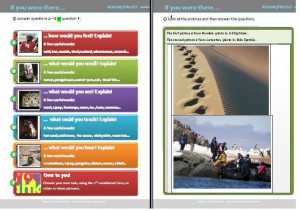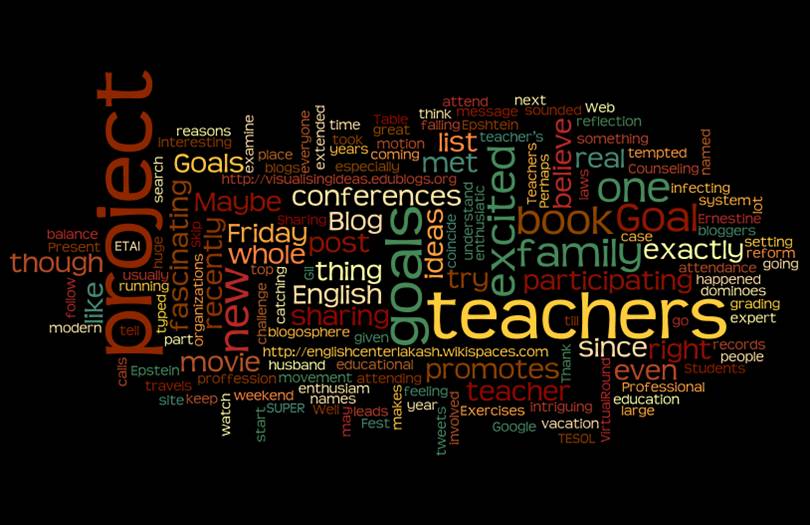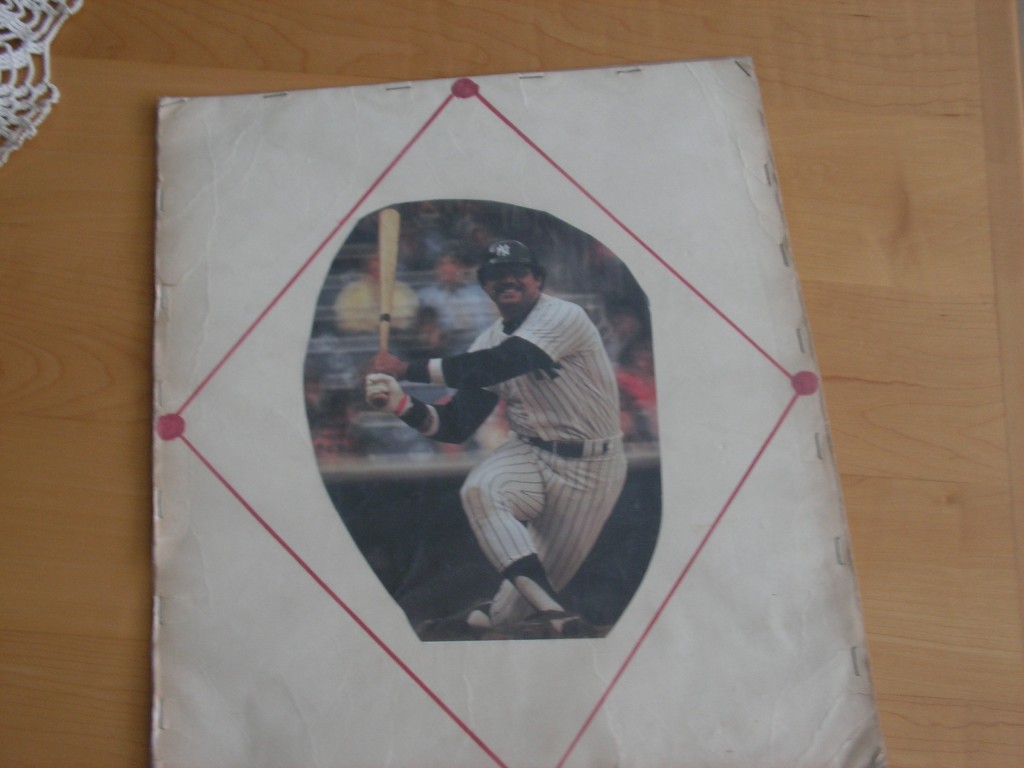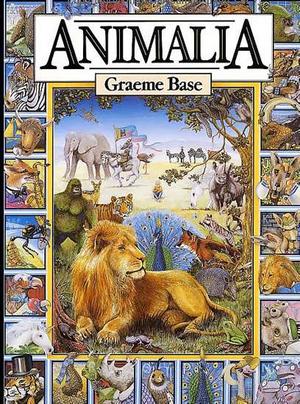Today I was finally able to begin using the first of the computer lessons I prepared over the vacation “Use Your Senses with the Second Conditional” (The link takes you to the lesson I posted 10 days ago, explanation and download-link).

From previous experience I knew that my students learn the technical side, the form of the Second Conditional easily enough but that they have trouble with the “hypothetical aspect”. Being born with a hearing loss often results in a language impairment. One of the common manifestations is a tendency toward concrete thinking.
It worked out well that I chose pictures of two extreme places where students have never been. None of them had heard of Namibia.
I explained to them about the second conditional but did not say that the questions they would have to answer were related to the senses. The first question relates to how they would feel if they were there. That seemed reasonable to them. But then they got to “what would you smell”. Some students immdiatly jumped to conclusions and read the word as “small” (most don’t know the vocabulary item “smell”). They also decided “sweat” was “sweet” and then could not understand what to do with the question. When I helped sort that out some of the kids were shocked – no one has ever asked them about smelling before!
Only when they read the suggested (funny ) useful words of “penguin-poo” “camel -poo” and had a good laugh (“phew, I don’t want to go there” some said) did the idea that they have to IMAGINE being there sink in. One boy was troubled by “dead fish” (in the suggested vocabulary) because he doesn’t like eating fish. Only when he got past THAT did he get the hypothetical aspect.
By the time they got to “what would you hear” they all knew to relate to what could be heard whether they can actually hear it or not ( a lot of students have cochlear implants and can hear lots of sounds, speech is more of a problem).
As they had to write the word “would” more than 10 times I hope that the connection between the form and the concept was made. Time will tell. They seemed to enjoy it and three boys were even arguing if wind made noise in the desert!
Two problems:
1) I had to write “useful words” as many of the students have such a limited world knowledge they wouldn’t know enough to imagine what could be smelled or heard. However, they did not try to add any ideas of their own (using their bilingual electronic dictionaries). Without words some would have been more creative, others would have gotten stuck. I suppose I need two versions…
2) Computer woes. For some reason not all pictures look as they should on the screen. In the photo from Antarctica you couldn’t even see the Zodiac-boat! The c omputer is new but the screen is much older – that way the computer looks older and is less attractive to possible thieves… Since all my other computer lessons won’t work (involving PDF and a video clips) I’m working on getting a compuer person to come in, so we’ll se if that can be solved.
SIGH
Some people would say that I’m creating work for myself…






